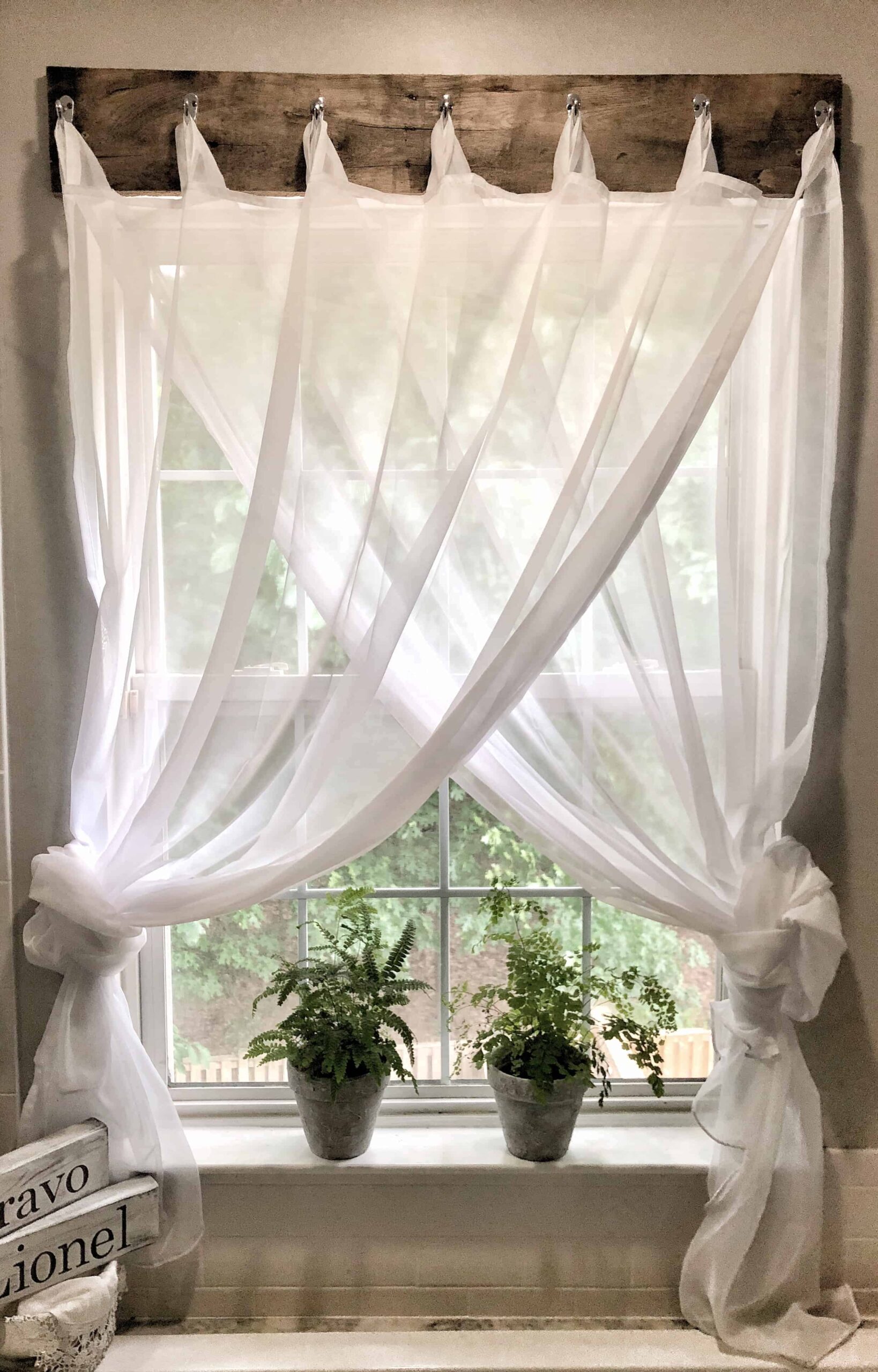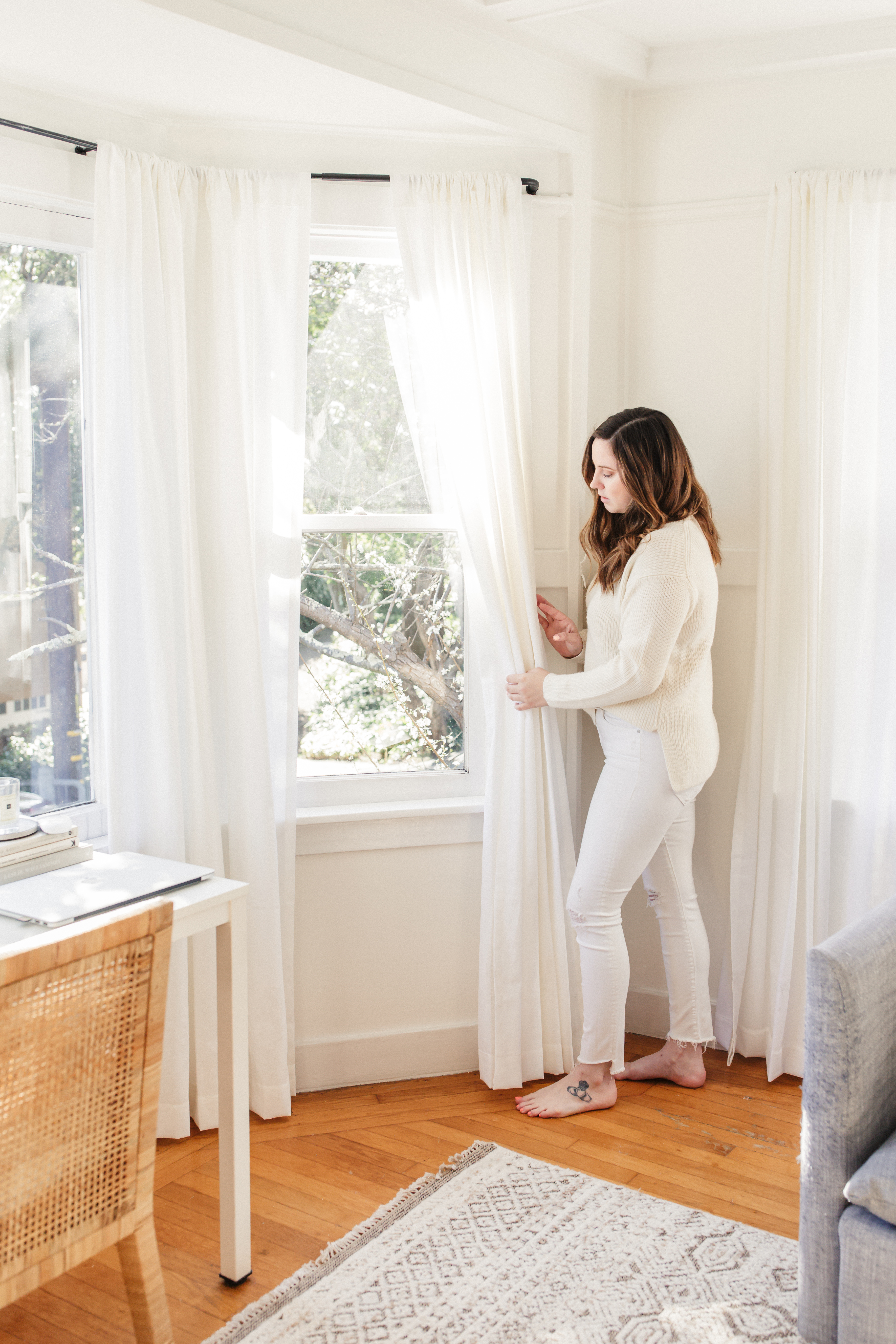The Ultimate Guide to Blinds: Types, Advantages, and Choosing the Right Suitable For You
The globe of window treatments is large and differed. Blinds come in many designs, each offering unique benefits for different setups. Comprehending these options is important for making educated decisions. In addition, variables like material selection and room performance play a significant role. As one considers the ideal balance in between aesthetics and practicality, the nuances of measuring and maintaining blinds also become crucial elements. What should one focus on when selecting the ideal window solution?
Kinds of Blinds: An Extensive Introduction
Blinds act as both useful and visual aspects in interior design, providing various alternatives to match varied choices and demands. Among the most popular kinds are Venetian blinds, characterized by horizontal slats that can be adjusted for light control and privacy. Roller blinds, recognized for their simpleness and versatility, been available in a variety of patterns and materials, making them suitable for modern-day and conventional settings. Upright blinds, typically utilized for bigger windows or gliding doors, permit very easy modification and are frequently made from material or vinyl.
Roman blinds, with their elegant folds up, include a touch of refinement to any kind of space, while mobile shades offer insulation and energy efficiency. Furthermore, bamboo blinds provide a natural, environmentally friendly option, instilling spaces with heat. Each type has special attributes and styles, making sure homeowners can discover the ideal fit for their details decoration and useful requirements.
Advantages of Putting Up Blinds in Your Home
The installment of blinds in a home provides numerous considerable benefits. They offer improved privacy control, enabling property owners to regulate presence from the exterior. Additionally, blinds contribute to power efficiency by aiding to handle interior temperatures, reducing the dependence on heating and cooling down systems.
Improved Privacy Control
Setting up blinds offers a considerable benefit in personal privacy control when house owners look for to boost their living rooms. Blinds supply a versatile option for regulating presence from both the inside and exterior of the home. By readjusting the slats or elevating the blinds, individuals can quickly take care of the quantity of light entering while simultaneously blocking the sight from outdoors. This versatility enables house owners to produce a comfortable atmosphere without compromising natural light. Furthermore, different designs and products are available, ensuring that property owners can select options that perfectly blend with their decor while enhancing personal privacy. Ultimately, the installation of blinds works as a reliable ways to protect personal room, urging leisure and satisfaction within the home atmosphere.
Power Efficiency Renovation
Mounting blinds not only improves privacy yet additionally substantially adds to power performance in the home. By managing natural light and minimizing heat transfer, blinds can help preserve a regular indoor temperature level. Throughout warmer months, closing blinds can obstruct out too much sunshine, thereby reducing the reliance on cooling. Alternatively, in cooler months, they can give insulation by capturing heat, minimizing home heating expenses. Furthermore, energy-efficient blinds, such as mobile tones, are created especially to reduce energy loss. By investing in top quality blinds, homeowners can create an extra comfortable living atmosphere while additionally reducing energy expenses. Ultimately, the setup of blinds functions as a useful remedy for those looking for to boost both convenience and power performance in their homes.
How to Select the Right Blinds for Each Space
Just how can one identify the most appropriate blinds for every space in a home? The choice process starts with evaluating the area's purpose and environment. For circumstances, in living areas, flexible blinds that permit light control while making sure privacy are ideal. In bedrooms, blackout blinds can boost rest high quality by obstructing out external light.
Shower rooms and kitchens call for moisture-resistant alternatives to endure moisture, making plastic or synthetic wood blinds ideal selections. Additionally, the desired aesthetic plays a vital function; collaborating blinds with the room's style improves the total atmosphere.
Take into consideration the amount of all-natural light each room receives; lighter blinds may be more suitable for dark rooms, while darker choices can include heat to sunlit areas. Ultimately, recognizing certain demands and choices for functionality and design will certainly guide home owners in making notified decisions customized per room's one-of-a-kind demands.
Material Options: Wood, Plastic, Fabric, and A lot more
:strip_icc()/MindyGayerDesignCo.-Marigold-VanessaLentine-9fe78770647241ff8b2007af950c00f9.jpg)
Timber Blinds Advantages
Timber blinds are a prominent option amongst homeowners seeking a mix of aesthetic appeals and capability. One considerable advantage of timber blinds is their all-natural elegance, supplying a warm and inviting look that enhances any interior design. They are available in numerous finishes and shades, allowing for customization to match individual style. Furthermore, timber blinds supply excellent light control and personal privacy, as their slats can be easily gotten used to filter sunlight while keeping seclusion. Their resilience is an additional advantage; with correct care, wood blinds can last for several years without losing their appeal (Phoenix curtains). Additionally, they have protecting residential or commercial properties, helping to regulate indoor temperatures and possibly lowering energy expenses. Generally, timber blinds combine sophistication and practicality, making them a perfect choice for lots of households
Plastic Toughness Includes
Vinyl blinds stick out for their exceptional resilience, making them a functional option for different settings. These blinds are immune to wetness, making them ideal for areas such as kitchen areas and washrooms where humidity can be an issue. Unlike wood, plastic does not warp, fracture, or fade under sunshine, making certain durable efficiency and very little upkeep. Additionally, they are offered in a variety of styles and colors, allowing homeowners to tailor their appearance without compromising resilience. Plastic blinds are additionally simple to tidy; a simple wipe with a wet towel is often enough to keep them looking fresh. Generally, their resilience and important source reduced upkeep make vinyl a preferred alternative amongst home owners seeking both functionality and visual allure.

Material Choices Summary
Blinds can be found in a selection of fabric choices that accommodate different aesthetic and functional demands. Typical products include fabric, wood, and plastic, each offering special benefits. Wood blinds offer a timeless, warm aesthetic and outstanding insulation yet call for upkeep to avoid bending. Vinyl blinds get redirected here are resilient and moisture-resistant, making them ideal for high-humidity areas like bathroom and kitchens. Textile blinds, available in countless shades and patterns, offer versatility and gentleness, boosting home decor while providing varying levels of light filtering. Additionally, options like fake wood supply the look of natural timber with included toughness. When picking blinds, it is vital to evaluate the certain requirements of each space to ensure peak efficiency and design.
Measuring and Setting Up Blinds: Tips for Success
Although gauging and installing blinds may seem uncomplicated, careful interest to information is necessary for attaining a perfect fit. It is vital to gauge the home window framework precisely, keeping in mind both the width and height. For inside installs, subtract a percentage from the size to assure a tidy fit, while outdoors installs ought to prolong beyond the frame for better light control and aesthetics. Using a steel tape measure is recommended for precision.
When installing, gather all necessary devices, such as a degree, drill, and screws. Adhering to the manufacturer's directions is essential to guarantee proper setup. It is a good idea to pre-drill openings to avoid harming the braces. Furthermore, having a second individual can make the procedure smoother, particularly when lifting larger blinds. After installation, test the blinds to verify they run smoothly and adjust as necessary for optimum performance.
Maintenance and Care for Long-Lasting Blinds
Correct maintenance and care can greatly prolong the life expectancy of home window coverings. Normal dusting is necessary; utilizing a soft towel or a microfiber duster can efficiently get rid of dust without scratching surface areas. For deeper cleansing, a gentle option of soap and water is recommended, used with a soft sponge, assuring that no moisture seeps right into the systems.
For material blinds, area cleaning is recommended, while wooden blinds should be treated with a wood-safe cleaner to keep their surface. Avoid revealing callous excessive moisture, warm, or direct sunshine, which my company can result in bending or fading.
In addition, regular examination of devices and cables can avoid deterioration. It's important to follow producer standards for specific products, as various blinds may have special treatment requirements. By embracing these simple upkeep practices, house owners can assure their blinds continue to be useful and cosmetically pleasing for years ahead.
Frequently Asked Concerns
Can Blinds Assist Reduce Energy Costs in My Home?
Blinds can effectively lower power expenses in a home by offering insulation, blocking warmth throughout summer, and keeping warmth in wintertime. Their capability to regulate light and air circulation boosts power performance throughout the year.
Exist Child-Safe Options for Blinds?
Yes, there are child-safe choices for blinds. These include cordless designs, retracting cords, and safety tools that get rid of dangling cords, making sure a protected environment for youngsters while keeping performance and visual charm in homes.

Just How Do Blinds Contrast to Shades or curtains?
Blinds commonly supply more specific light control and area effectiveness than shades or curtains. Phoenix curtains. They are usually easier to keep and clean, while curtains offer a softer aesthetic, and shades can provide varying insulation advantages
Can I Tailor the Design And Color of My Blinds?
Yes, blinds can be tailored in both design and color. Various manufacturers supply a variety of choices, enabling customers to choose products, patterns, and shades that suit their individual visual and home design.
What Is the Typical Life-span of Different Types of Blinds?
The average lifespan of blinds differs: timber blinds last 5-10 years, fake wood 7-10 years, aluminum 5-10 years, and material tones around 5 years, depending upon upkeep, usage, and exposure to sunlight.
Restrooms and kitchens need moisture-resistant choices to hold up against moisture, making vinyl or artificial timber blinds appropriate choices. Timber blinds supply all-natural elegance and heat, while plastic provides sturdiness and simplicity of maintenance. One significant advantage of timber blinds is their natural charm, using a warm and inviting look that enhances any kind of indoor decoration. Furthermore, wood blinds give exceptional light control and privacy, as their slats can be easily changed to filter sunshine while keeping seclusion. For fabric blinds, area cleansing is a good idea, while wood blinds need to be treated with a wood-safe cleaner to keep their finish.